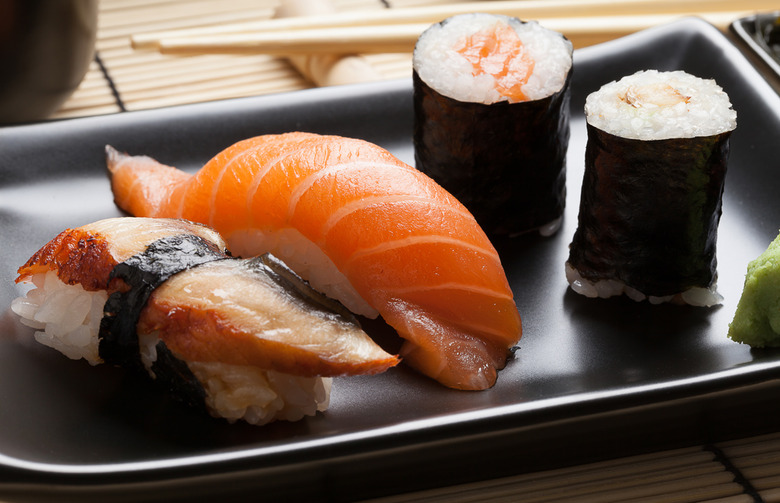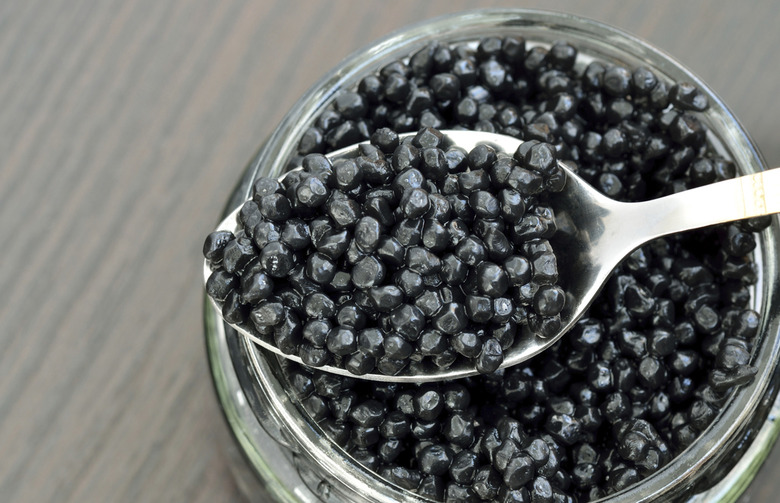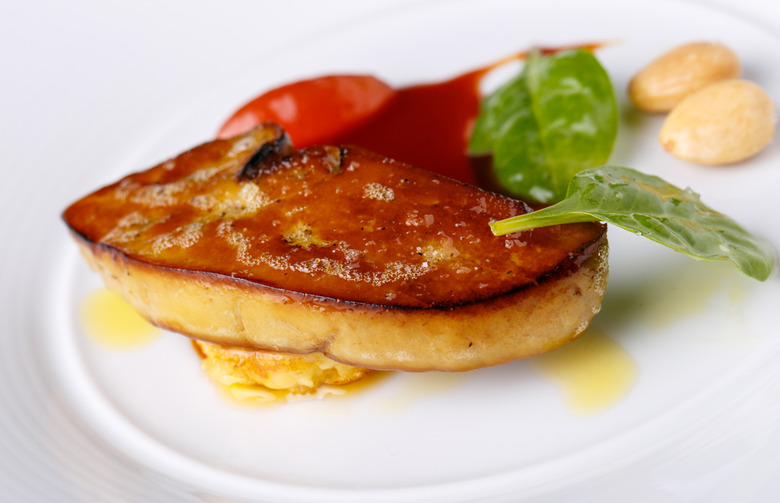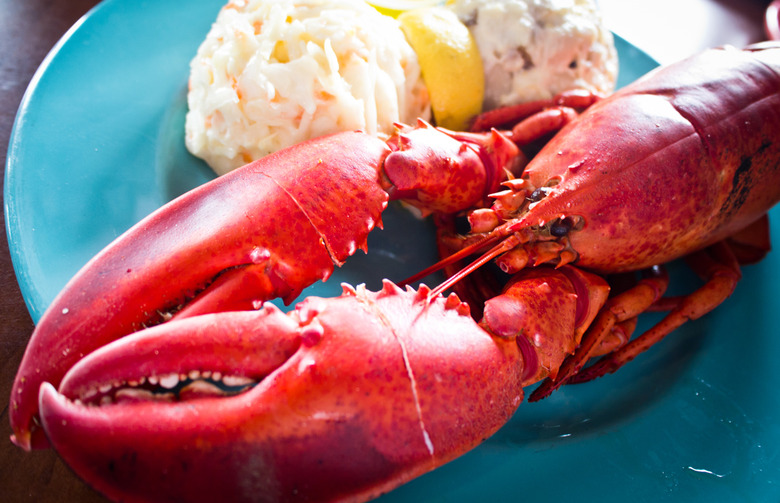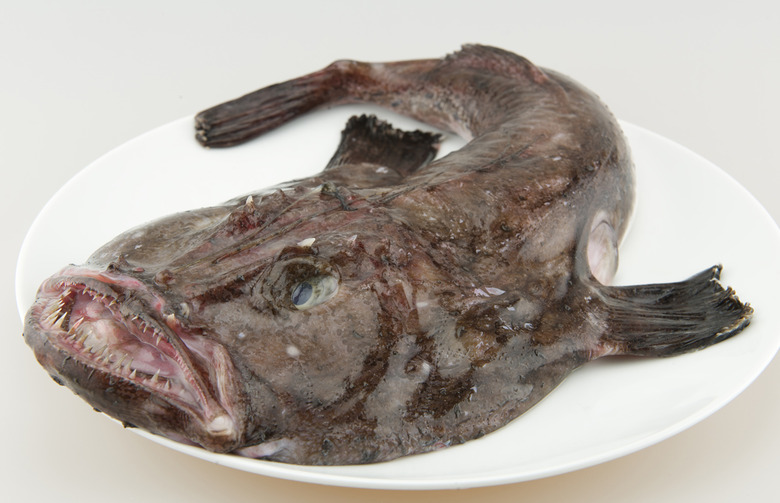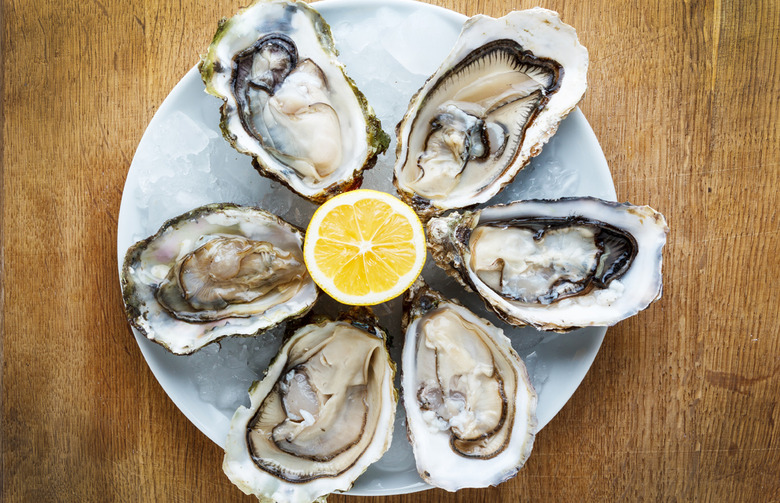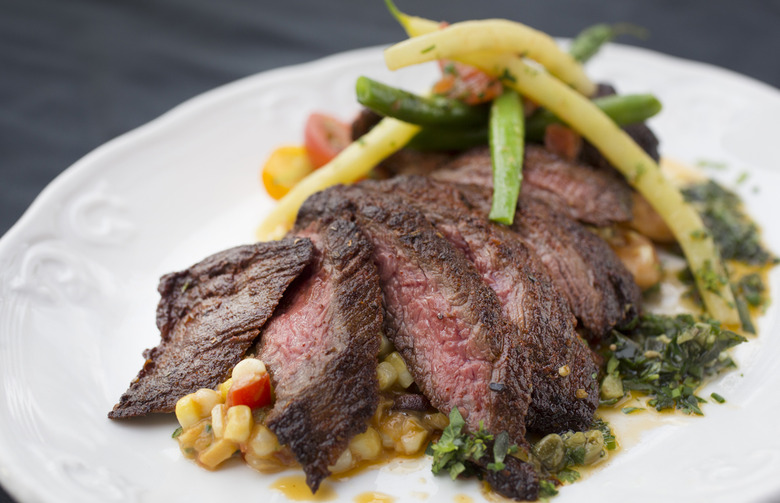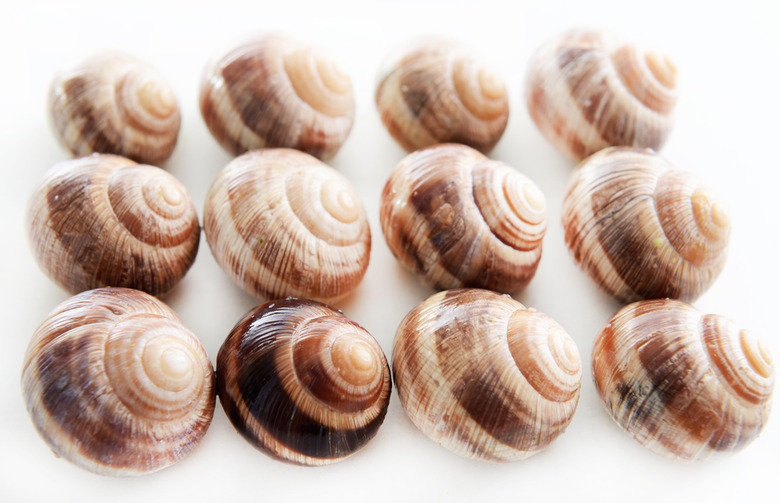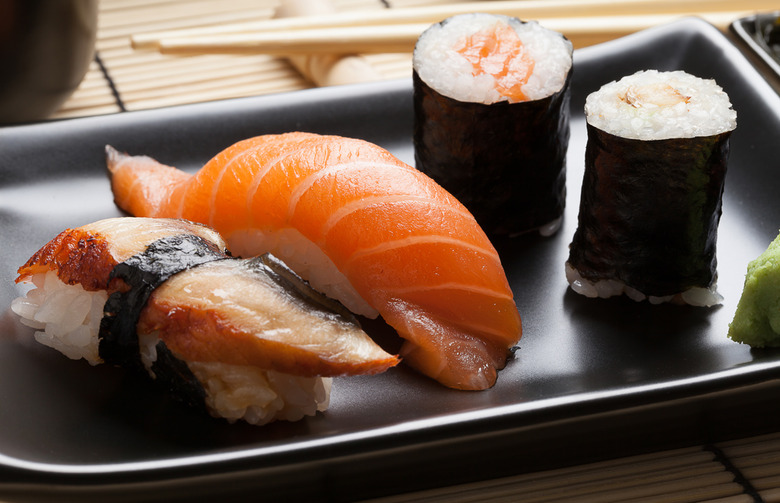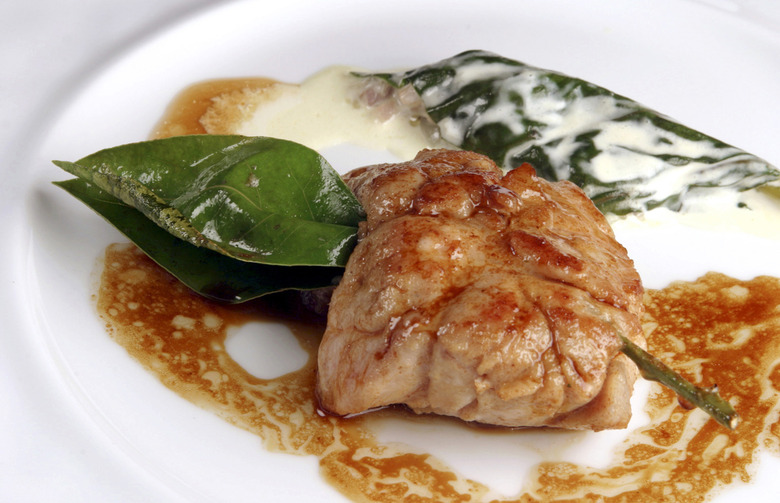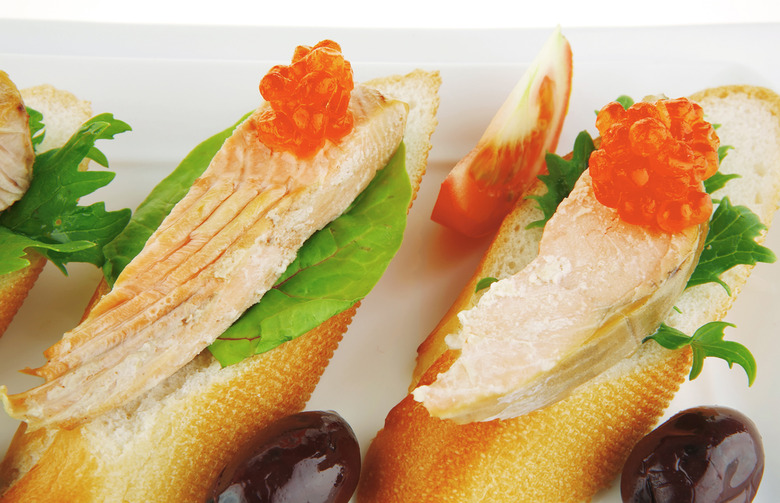Oysters, Lobster, And 8 Other Pricey Foods That Used To Be Cheap
Many high-end foods, the kinds you only find on menus at fancy, expensive restaurants, didn't used to cost a lot at all. In fact, some of the most expensive and luxurious foods on earth were once so cheap that even the poor could afford them — and even sometimes had so much of them that they ended up refusing to eat more.
Caviar
In the 1800s, caviar was so inexpensive that bars and saloons used to serve it for free, on sandwiches. Today it's one of the priciest foods around, and while you can still find low-grade versions that are relatively inexpensive, don't expect to see anyone giving it away.
Foie Gras
Foie gras today has a reputation for being an upscale French delicacy, but in reality the fattened liver of a goose has been eaten since ancient Egyptian times. And in medieval times, it served as a source of inexpensive kosher fat and was a hallmark of Jewish peasant cuisine. During the Renaissance, it first began to be considered a delicacy by the wealthy, who would send their servants to the Jewish ghettos of Rome to find the stuff.
Lobster
Lobsters are ugly, bottom-feeding crustaceans, so it can be understood why once upon a time people really didn't like eating them. In fact, fishermen used to toss them back or throw them out when they'd get caught in their nets, British POWs during the Revolutionary War revolted over being served too much of the stuff, some states implemented laws against serving prisoners lobster more than three times per week, and the creatures — not just their shells — were even ground up and used as fertilizer. But while lobsters were common along the Northeast coast, nobody in the middle of the country had access to them, which made them a rare luxury once the railroads came along and could transport fresh shellfish to the Midwest and West. A little marketing convinced folks that lobsters were a delicacy, and a phenomenon was born (especially once somebody thought to dunk the meat in drawn butter).
Monkfish
The frightening-looking monkfish was once actually banned from French fish markets because of their lack of value. Today, however, it's called "poor man's lobster," because chefs discovered that the tail meat has a firm texture and flavor that's quite similar to that of the crustacean, and prices have risen accordingly.
Oysters
"He was a brave man that first ate an oyster," Jonathan Swift once famously wrote, and it's true: Oysters look like rocks from the outside, are very difficult to open, and are slimy and a decidedly acquired taste once you get to them. Oysters were also once incredibly plentiful on the American coastline, which made them a go-to food for poor folk; in New York's earliest days they were sold off of wheelbarrows and given away for free in bars, for example. But In the mid-1800s a population boom increased demand for them just as stocks were wiped out by pollution caused by factory run off during the industrial revolution, and the price skyrocketed just as the wealthy began to catch on.
Skirt Steak
Thirty years ago, skirt steak was a humble and inexpensive cut, and the vast majority of domestic skirt steak was exported to Japan. It was also rolled and sliced at Jewish restaurants, like Sammy's Roumanian Steakhouse. But in the late 1980s fajitas began to catch on in popularity, and skirt steak sales skyrocketed. ”Can you imagine, we're paying $10.58 a pound,” restaurant owner and Daily Meal Council member Zarela Martnez told the New York Times in 1989. ”Isn't that ridiculous? When I opened two years ago it was $7.59 a pound and when I started at Cafe Marimba in 1984 it was $3.50 a pound.” Today, it still averages about $10 per pound.
Snails
Snails are ugly little critters that don't have much in the way of flavor, and were considered peasant food dating back to the days of the ancient Greeks. But once French chefs began serving them in fancy little dishes topped with an aromatic compound butter, snails stopped being snails and started being escargots, the quintessential snooty and upscale French delicacy.
Sushi
Sushi was invented as a way to preserve fish; by wrapping it in fermented rice you could make it last a lot longer, and the rice was thrown away. But in the 1600s chefs starting adding vinegar to their rice to make it edible, and once it took on its present look – bite-sized and portable – it became the equivalent of Japanese fast food, sold from street stalls. Fish and rice were plentiful, so there was no reason for sushi to be expensive, at least until the aftermath of World War II, when GIs developed a taste for it. It eventually made its way to the U.S., where trendy Los Angeles restaurants and Chinatown hotspots began serving it to curious and adventurous Americans, with a hefty price tag.
Sweetbreads
Sweetbreads are offal, and offal was once purely the domain of the peasant class. But the thymus glands of lambs or calves also happen to be delicious, especially when pan-fried to crisp in a little butter, and once chefs realized that they can put it on their menus and people would pay for it, it stopped being a throwaway butcher byproduct in a hurry.
White King Salmon
Ever see a white salmon? They're still pretty rare in the wild – only one in 20 king salmon are white, and it's due to an inability to process the pigment that turns them pink. According to the Alaska Department of Fish and Game, "the pale meat typically fetched a lower price from fish buyers and was considered commercially less desirable," by about 60 cents per pound less. Now called either white king or ivory king, it's appearing in high-end sushi bars as well as upscale restaurants, and is prized by chefs for its flavor, which is more delicate. It can sell for more than ten additional dollars per pound than its pink relatives.
